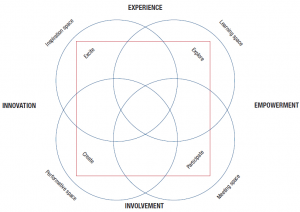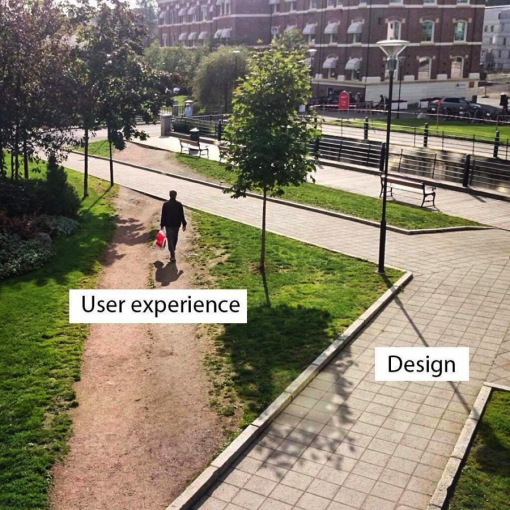When reflecting on hyperlinked environments, I wanted to explore the topic of public libraries further as it is my desired career path. The four-spaces model was an interesting take on what libraries should look like (Skot-Hansen, 2017). It is somewhat idealized, but I think that there’s a lot of good advice about creating different spaces for different types of information needs. The model also reminds me of my college library, which had different noise levels for each floor of the building. It created quiet zones for solo-work and louder zones for group projects and hanging out, which sort of reflects the models idea of learning space vs meeting space zones. The biggest difference between this model and my college library, was that the zones in the model intertwine with each other to create more unique zones. For example, the meeting and learning spaces combined into a space of empowerment, which means learning about others from my interpretation.
I enjoy this model in theory, although I do only see it work in certain public library scenarios. A library that is near a school or other community hubs would probably benefit greatly from increased patron interaction. While my library, a downtown library, does better when patrons are given their own individual spaces with separated zones for programs. While we do strive to build community connections and create spaces, we also have to take into account the needs of our local patrons and the real communities who reside in the area.

References
Skot-Hansen, D. (2017). Impact of humanities research: 24 case studies. University of Copenhagen.

